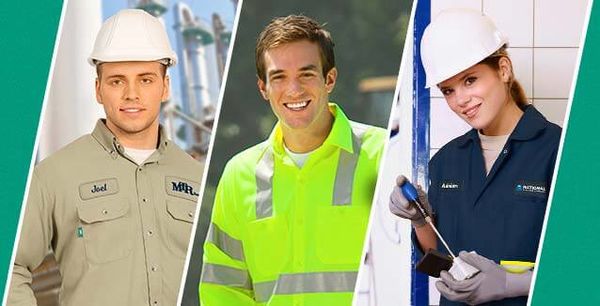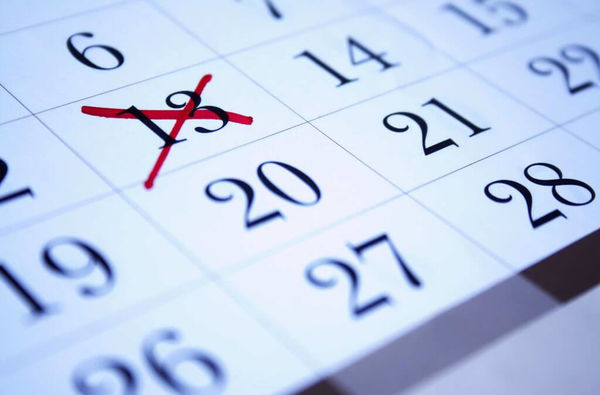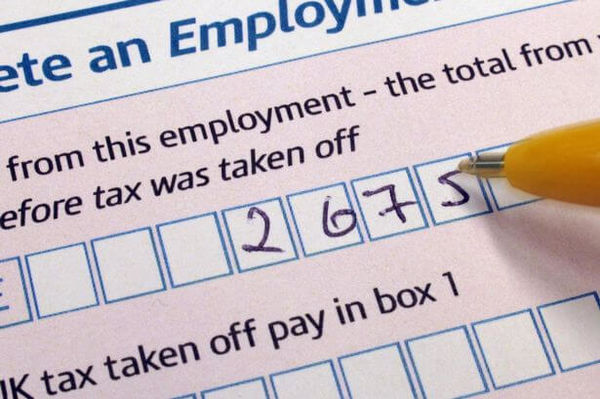What is Required to Claim My Uniform Tax Refund
In order for us to make a successful claim on your behalf, we need to make sure of a few aspects first:
- Your uniform must qualify as work clothing or protective clothing
- Costs must be paid personally, out of your own pocket
- You are currently, and have in the previous four years paid Tax on your PAYE wages
What classifies as work clothing is described in more detail below, but it is essentially clothes that you would wear exclusively for work. The amount of relief you can claim depends on the type of work you carry out.
How Much of a Tax Repayment Can I Claim?
The amount you can claim back for cleaning and maintaining your specialised work clothing depends specifically on your trade. For example, some people who work in health care can claim up to £185 per year. Bearing in mind that claims can go back up to four years, this could potentially generate a Tax refund for £333.
Other trades where cleaning is not so much of a burden, the allowances can start from £60 per year. Over four years this could equate to £108.
The range of job industries with specified allowances is nearly one hundred, and not all job types are crystal clear. On this basis, it is worthwhile dropping us a line as we may find a way for you to claim higher allowances where possible.
What Counts as Work Uniform with HMRC?
Along with a lot of other HMRC Tax reliefs, some areas of their Tax rules and regulations isn’t clear cut, but the advice they offer in terms of Tax refunds for protective clothing and what qualifies is generally as follows:
- Protective clothing required by the employee to perform their employment duties
- Specific clothing that is only worn at work
Examples would be construction overalls, helmets, goggles, gloves etc. Even branded clothing would be allowable as this would generally not be worn outside of work but would be specifically required by your employee during working hours. Tax relief not only extends to cleaning, but also repairing and maintaining the work uniform and associated items.
What if I Don't Have Any Receipts?
Record keeping requirements for work clothing related Tax allowances is extremely minimal. HMRC understand that to keep receipts for laundry costs would be cumbersome as it covers a wide range of areas:
- The actual cost of the washing powder and conditioner and other cleaning solutions
- Cost of electricity used
- Cost of water consumed
- Maintenance of the washing machine and dryer
Also considering that work clothes are commonly washed with personal items, for someone to accurately calculate what proportion of costs relate to work expenses and what costs relate to personal expenses would be an extremely difficult and cumbersome task. For this reason, HMRC opt to allow for flat rate allowances.
It is quite common for workers to find they are due other unclaimed allowances, such as travelling costs, which when included in the overall Tax claim, can mean an average Tax rebate of £2,500
How Far Back Can I Claim My Uniform Tax Refund
HMRC have a general four Tax year rule for overpayment of Tax. In the situation of unclaimed workwear Tax rebates and safety gear, this means the following years apply:
- Year ended 5th April 2018
- Year ended 5th April 2019
- Year ended 5th April 2020
- Year ended 5th April 2021
This means that you can make a claim from 6th April 2017. Not only can the claims be backdated, but also can be made for the current year, as well as future years. If you have made a repayment claim previously, you should check your Tax paid since then as HMRC do not always apply the allowance automatically.
What About My Own Tools & Equipment Used?
As well as being allowed to claim for cleaning protective work clothing, you can also claim allowances and expenses for tools and equipment you personally own, but use for work related activities.
Examples could include computer equipment, vans and/or industry specific tools and machinery.
As some of these costs can be quite extensive, the repayments that arise from such areas can quickly go into the thousands. Add this onto a possible mileage Tax relief claim and you could be talking serious money that is being unclaimed.
If you are working in construction, you might have to claim Tax relief by completing a CIS Tax return.
Is There Anything Else That Can Be Claimed?
Absolutely, in fact there are many other situations where Tax relief is not automatically issued by HMRC. For example, you could be paying for work related travel and subsistence costs out of your own pocket. This would include either using your own car or paying for public transport for working at a temporary workplace.
Another example of allowable expenditure would be for professional subscriptions and membership payments. For instance, for gas fitters, they would require to pay for an annual Gas Safe membership renewal fee. These costs, if paid personally, can be deducted against your total income for the year before Tax is calculated.
If you have recently started a new business, this can also give rise to a repayment due to the amount of initial expenditure usually required for a business to get established.
There are many other circumstances where Tax can be overpaid. But the one main part is clear, if HMRC are not told about unclaimed reliefs or allowances, they will apply them to your Tax account.
Whether it’s uniform costs, or travelling expenses, these are just a few examples of where Tax relief is not automatically applied. Be sure that you’re not overpaying Income Tax and get in touch today.
Job Types Allowable for Clothing Tax Rebates
HMRC have a dedicated list of job types and industries allowed for uniform Tax reliefs, too many to list here. But one thing to remember is that the rates for each occupations is not the same. For example a motor car mechanic can claim £120 each year, a uniformed prison officer £80, a nurser £125 etc. The amount is an estimate of how much it will cost for the person to clean and maintain their work wear.
Some examples of industries that automatically qualify for clothing Tax refunds:
- Joiners or carpenters
- Fire fighters
- Plumbers
- Police officers
The flat rates allowable for each industry is not specifically clear either. Either your occupation might not be listed, or it could fall in two types of industries. That being said, HMRC offer a Flat Rate Expense Allowance (FREA) of £60 for job types not explicitly listed, so many people are covered regardless.
Is It Possible I Have Already Received This Relief?
For every employment you have, and for every year, your employer would usually be issued a PAYE coding notice (form P2). This document would inform your employer what allowances you are entitled to. The default allowance, which nearly everyone working in the UK receives, is called the personal allowance. In addition to your personal allowance, further adjustments can be made to your PAYE code which could include your uniform Tax flat rate allowance.
You can check this by looking at your payslips, if you have received only your personal allowance, then your PAYE code will be as follows for each Tax year:
- Year ending 5th April 2020 – 1250L
- Year ending 5th April 2019 – 1250L
- Year ending 5th April 2018 – 1150L
- Year ending 5th April 2017 – 1100L
If you have had the above codes applied to your wages and have also covered the costs of cleaning and maintaining your workwear, then most likely you are due a repayment. If your code is slightly higher, for example, 1160L instead of 1100L, then it is quite possible your relief is already being applied. The only sure way to know whether you have received the allowances is by requesting a copy of all PAYE coding notices issued from HMRC.
Does My Employer Pay For My Clothing Tax Refund?
Not at all. Although you may receive more in your bank from your employer when the Tax relief is applied, it is because your employer has deducted less Tax from your salary. This also means your employer has less Tax to pay to HMRC as they have not deducted as much.
For backdated claims covering previous Tax years, regardless of whether you are still working for the employer, have left or been made redundant, the Tax refunds are paid directly by HMRC.
Remember, Tax relief claims can be made for four years, therefore it’s important to ask fast to make sure you are getting maximum relief.
By acting quickly means that you get your claim before important deadlines have passed. HMRC allow only claims to be made for four Tax years, hence it is essential that you act today to maximise your uniform Tax repayment.

17 Actionable Tips for New Business Startups
17 Top Tips for New Businesses (Physical and Digital) Starting any business be it physical or digital, can be extremely[...]
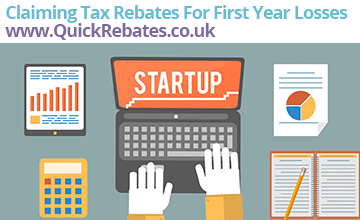
Tax Relief for Opening Year Losses
Opening Year Loss Relief When starting a new business, it is incredibly common for Tax losses to arise in the[...]
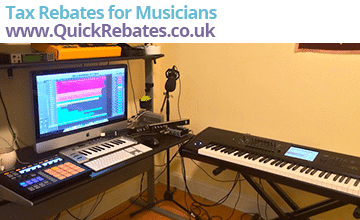
Tax Refunds for Musicians
Musicians – It’s Time to Claim Back Your Tax! As a musician starting up in business, you could be entitled[...]




